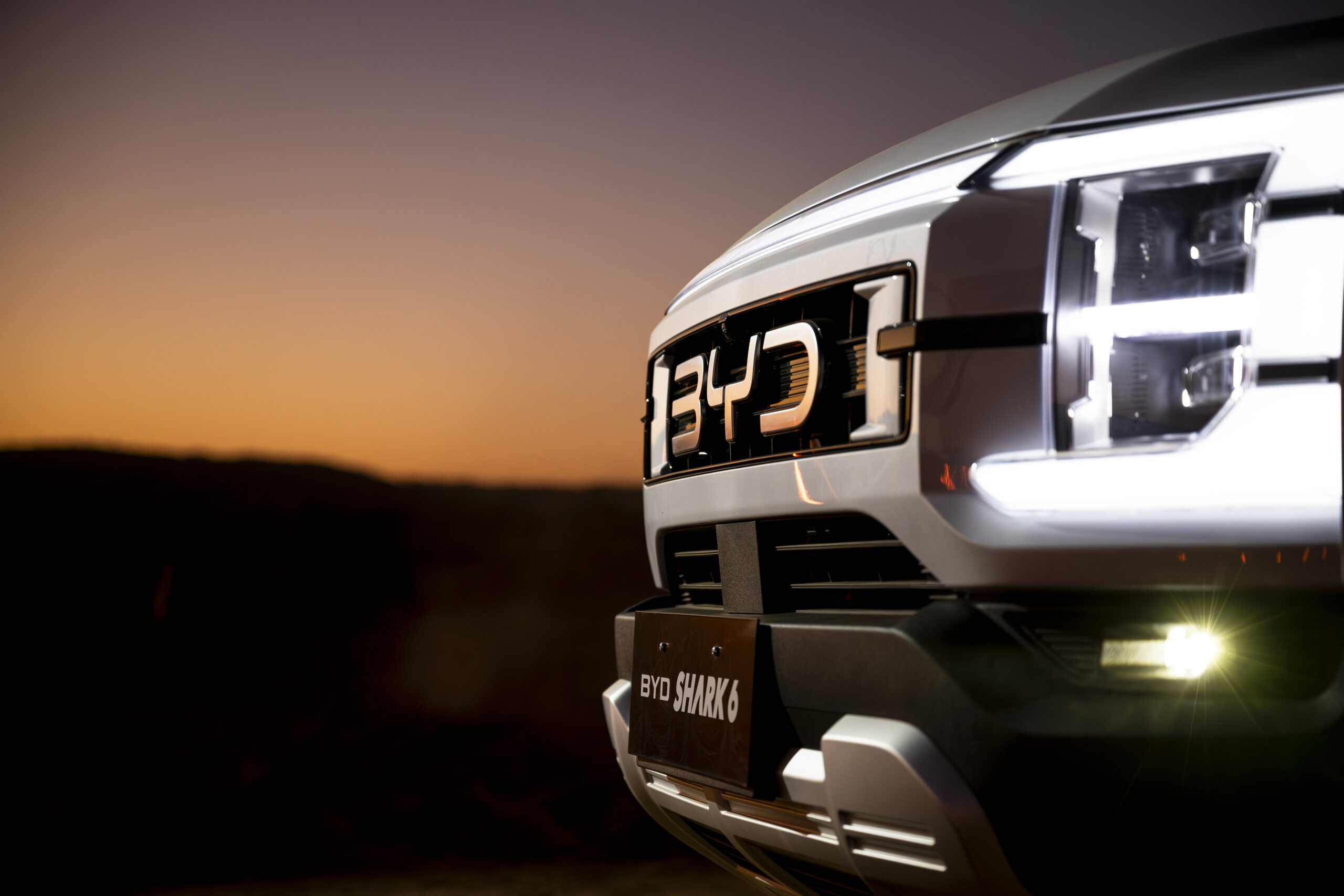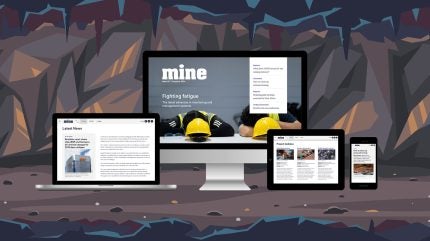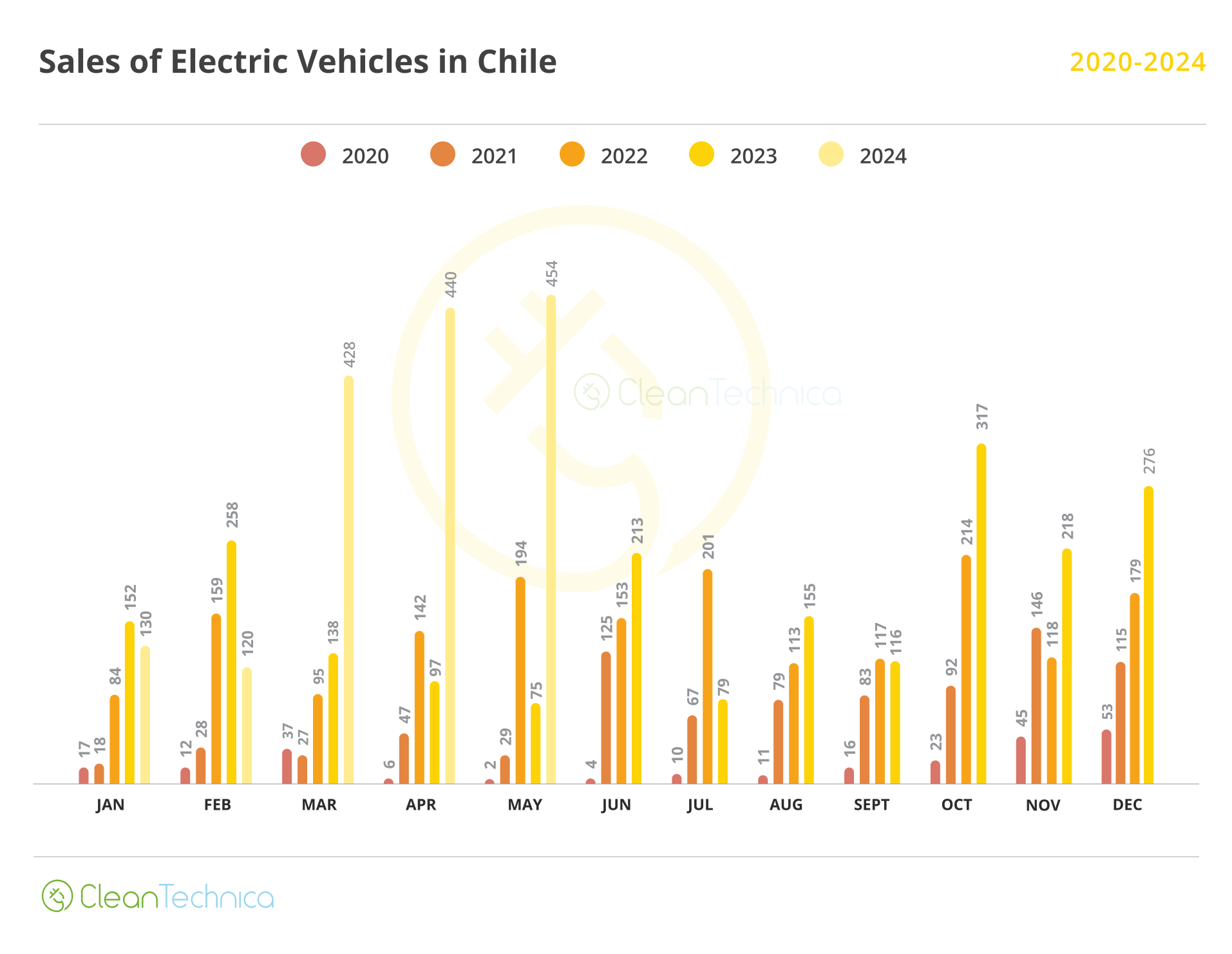Sign up for daily news updates from CleanTechnica on email. Or follow us on Google News!
Unlike a mobile phone with one main chip that needs to receive new software and frequent over-the-air (OTA) updates, a car can have anywhere from 30 to 150 different chips that need to get regular software updates. Of course, all of these chips talk to each other, coordinating to perform complex vehicle functions, which means any mismatch in the software can lead to catastrophic and potentially life threatening problems. Hence a platform to manage all this and take into account the safety critical nature of the auto industry would greatly enhance the customer experience for vehicle users.
This is exactly what Hemant Sikaria and his cousin Mayank Sikaria set out to do when they started Sibros. Hemant worked at Tesla and helped develop the platform that delivers in vehicle over-the-air updates for Tesla vehicles. He was the project lead and his team developed the platform from scratch around early 2011. After about five years at Tesla, Hemant then co-founded Sibros in 2018 with the mission of eradicating all software-related automotive recalls with safe, secure, and reliable OTA updates.
The inspiration for Sibros is more personal than having previously developed an OTA solution. It stems from a series of software-related recalls that impacted Hemant’s family. Within a year, five of their vehicles were recalled for software issues. Like the majority of vehicles on the road, these were not equipped with OTA update solutions capable of handling the required update packages, which meant all five vehicles had to physically go to the dealership to be fixed. The entire process took five months — five months of driving around in potentially unsafe vehicles. Needless to say, this was a very frustrating time, knowing that an ecosystem similar to what Hemant helped build at Tesla could easily resolve this over Wi-Fi. The cousins realized that they needed to come up with a better system for OTA vehicle updates that was in line with the type of solution Hemant had helped develop at Tesla, a solution that would allow this holistic update ecosystem to be extended to more automakers, both from emerging and large companies.
One of the many unique aspects that characterize software applications in the auto sector is around the various electrical architectures ranging from a microcontroller with very low space, flash, RAM, and CPU, to a microcontroller with a massive GPU and 100GB+ of memory. There are also a lot of variations coming from different suppliers with limited standardization, which makes the intricacies around updating all these components complex and often frustrating. Another key consideration is the critical safety aspects of cars compared to mobile phones and other stationary entertainment devices. Sibros set out to tackle these challenges.
Sibros has been in business for 5 years now and is backed by notable tech giants such as Google and Qualcomm. Its mission and vision is to enable the connected vehicle ecosystem with a target of deploying its platform on one hundred million vehicles by 2030. The company is addressing every type of vehicle, from scooters to motorcycles to cars, trucks, tractors, and buses, and already has customers across those segments in several continents. Sibros says its platform will be live in over one hundred countries by the end of this year and help deliver more vehicles into the connected car age.
A connected car in simple terms can be described as a car with a telematics unit that is essentially a cellphone. In other words, it’s a device that enables several applications to be installed on it and connects the vehicle to a cloud computing network to facilitate two way communication between the vehicle and the cloud. This isn’t a new concept; most modern vehicles have SIMs in the telematics unit, allowing them to access features from specific providers for a small monthly fee. Cars also have Wi-Fi that allows vehicle users to connect to their home Wi-Fi as well as receive OTA updates.
Hemant says Sibros is a B2B company, and its customers are the automakers. The value proposition for automakers includes reducing the need for physical visits to the dealerships for processes, corrections, and updates that can be done using OTA updates, as well as to gather analytical data about vehicle usage, including any indicators for improvements or additional features to enhance both vehicles and the overall customer experience.
On the electric vehicle side of things, Sibros says one of its biggest value-adds is offering real-time critical information on the battery, such as battery health, performance, overall lifecycle and current number of cycles, battery degradation information, and more. The automakers are then able to correlate this information with charging behavior, driving style and conditions, and the environments the vehicles are being driven in to make informed decisions about necessary updates or future product development.
Featured image courtesy of Volta Trucks, via Sibros
Have a tip for CleanTechnica? Want to advertise? Want to suggest a guest for our CleanTech Talk podcast? Contact us here.
EV Obsession Daily!
I don’t like paywalls. You don’t like paywalls. Who likes paywalls? Here at CleanTechnica, we implemented a limited paywall for a while, but it always felt wrong — and it was always tough to decide what we should put behind there. In theory, your most exclusive and best content goes behind a paywall. But then fewer people read it!! So, we’ve decided to completely nix paywalls here at CleanTechnica. But…
Thank you!
Tesla Sales in 2023, 2024, and 2030
CleanTechnica uses affiliate links. See our policy here.





